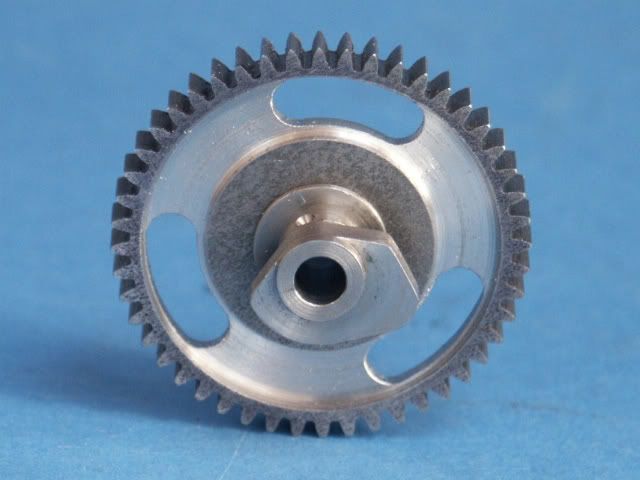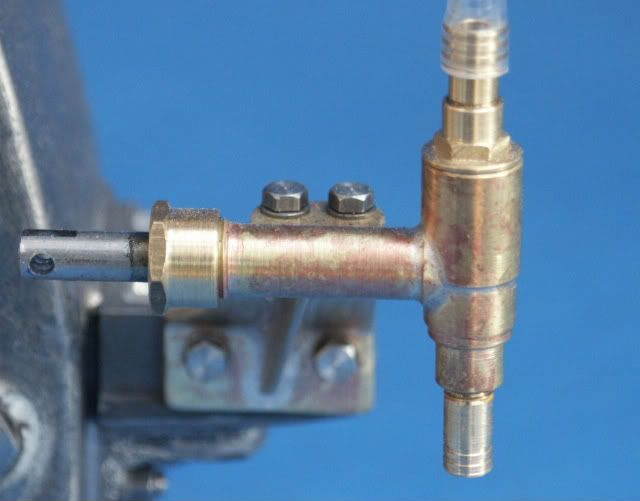After all that fabrication a bit of machining was a nice change of pace, so the timing gears were tackled next.
The blanks were turned & bored and then mounted onto an arbor so the teeth could be cut on the mill. big gear underway
And the little one on a longer arbor so the cutter would miss the chuck, which needed the centre to stop the large overhang deflecting.
The guy that I am making this for sent me some photos of a full size which showed up some shortcommings on the drawings. One was that the gears are shown as just plain discs, infact the large one is thinner in the centre and also has 3 slots so these were added along with the keyways. The water pump eccentric is also shown in this pic
and the other side shows the cam profile cut, I did a test run in alloy to make sure this bit was OK
Then it was back to fabrication of the waterpump. this is nothing like what the drawings show I based it on the photos and am far happier with the result, just need to find the right black hose as the clear is wrong but it helped to see that the pump was working OK.
Same applies to the fuel pump and plumbing all based on the photos of the full size
Well thats enough for tonight but I will leave you with a photo of how all these bits go together, more to follow in the next day or so.
Jason


![DreamPlan Home Design and Landscaping Software Free for Windows [PC Download]](https://m.media-amazon.com/images/I/51kvZH2dVLL._SL500_.jpg)

























